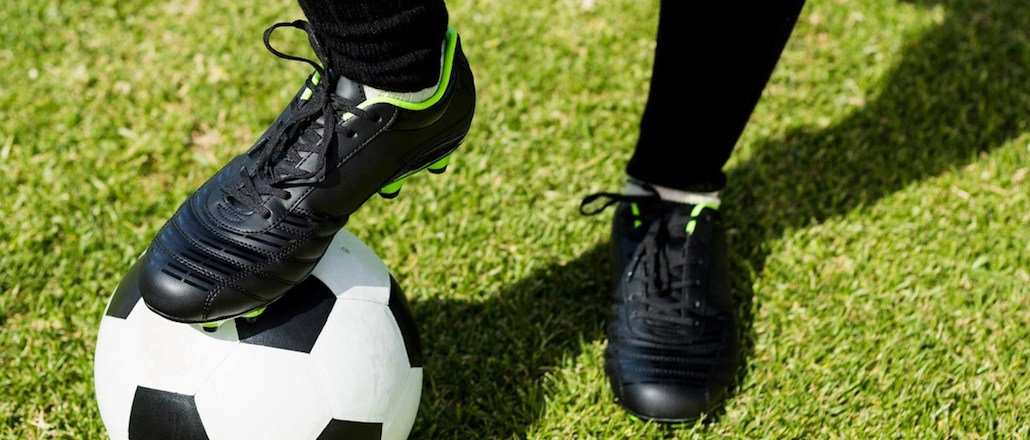
When football team Manchester United signed Juan Mata in 2014, the news was delivered through a straight-laced press release on its website. Two years on, when Paul Pogba re-joined the club last August, his transfer was confirmed via a Twitter music video featuring U.K. grime artist Stormzy.
With the game’s international fan base growing, social media is more important than ever for the top clubs in the U.K. At the end of the Premier League in 2016, they reached a combined total of 305 million fans across Facebook, Instagram and Twitter.
But a new report from social analytics firm Burst Insights indicates that this social success isn’t all that consistent across platforms, with certain clubs dominating on certain social platforms over others. “Club to club, it differs massively,” explained Burst Insights CEO Mike Litman, whose team analyzed 952 short-form videos from 20 clubs in the last Premier League. “Some have a coherent, integrated content strategy planned in advance. For others, it’s still an experimental process.”
Here are some insights from the report on how the top five have been approaching social video on their platform of choice.
Manchester United
Strongest platform: Twitter
Man U topped Burst Insights’ Premier League social video value table for engagement, with over 35 million interactions across all its platforms.
Twitter was the club’s strongest platform. Manchester United took some cues from the entertainment world during its run in the league. Player Wayne Rooney, for example, starred in a fake trailer for X-Men Apocalypse. Another of the club’s key tactics on Twitter was to push out short, snappy graphics. For example, immediately after the club’s win in the FA Cup’s semi-final and final, which let fans share the news quickly.
Liverpool
Strongest platform: Twitter
The club was the first to post a Twitter video back in April 2015, and the platform has remained a key focus since, taking up 82.5 percent of its short-form videos. Now the club ranks second on Twitter, behind Manchester United.
According to Litman, success on social video is a “squad game.” The top Premier League club videos featured an average of 23 different players and staff through the season. But the club with the biggest squad of them all is Liverpool, at 33. While the likes of Manchester City gave preference to star players, Liverpool chose to cast a broad net in its videos.
While managers only featured in 9 percent of club videos, Liverpool’s manager Jürgen Klopp had a starring role in the club’s social strategy. It ran a campaign named “Get closer to Klopp.”
Chelsea
Strongest platform: Vine (RIP)
Early on, Chelsea saw its biggest success on Vine, and throughout the season, 44 percent of its social videos were hosted on the six-second platform. The majority of this short, snappy content — goal footage and kit launches — is now rolled into its Twitter account, where the platform still supports the six-second format. It might seem odd now, given that Vine was permanently shuttered at the end of 2016, but until then, the platform remained a strong performer for soccer clubs.
“Even when it had dropped off the radar in most other sectors, they [clubs] were posting right up until the last day they were able to,“ explained Litman.
Manchester City
Strongest platform: Snapchat
In the last Premier League, Manchester City — now a bona fide media company — was the most prolific soccer club creating Instagram video. It produced 264 videos, 100 more than nearest rival West Ham. Besides all the usual content around goals and games, the club stuck to a formula it knows well: nostalgia. Its #onthisday hashtag surfaced archival footage from previous club events to help build a narrative around its players and past accolades.
But the club is best-known for its voracious use of Snapchat — though the platform isn’t mentioned in the report due to the difficulty of finding third-party metrics. It had grabbed a pair of Snapchat Spectacles before any of its peers and was the first club to partner with the platform on a 24-hour Live Story, seen through the eyes of player Yaya Toure. Like Arsenal and Liverpool, the club also has a lens that fans can unlock on its home turf, the Etihad Stadium.
Arsenal
Strongest platform: Twitter
Arsenal took a more laid-back approach to its social content. It posted comparatively few videos, but had the most number of spots with a high-production value. Four of its videos were used to promote its new kit with partner Puma and advertise the team’s tour of the U.S.
The club also had more of an emphasis on trick-shot content than its rivals; 10.7 percent were videos of its players performing challenges.
More in Marketing

Pitch deck: How Amazon is recasting Twitch as a core part of its CTV pitch
Amazon is positioning Twitch as a defining asset in its CTV ambitions.

Netflix transforms former mall department stores into experiential venues
The location in Dallas opens this week, and one at the King of Prussia mall near Philadelphia opened last month.

Future of Marketing Briefing: AI has created a new talent paradox in programmatic agencies
The job isn’t execution anymore. AI handles that. The job is judgement.







